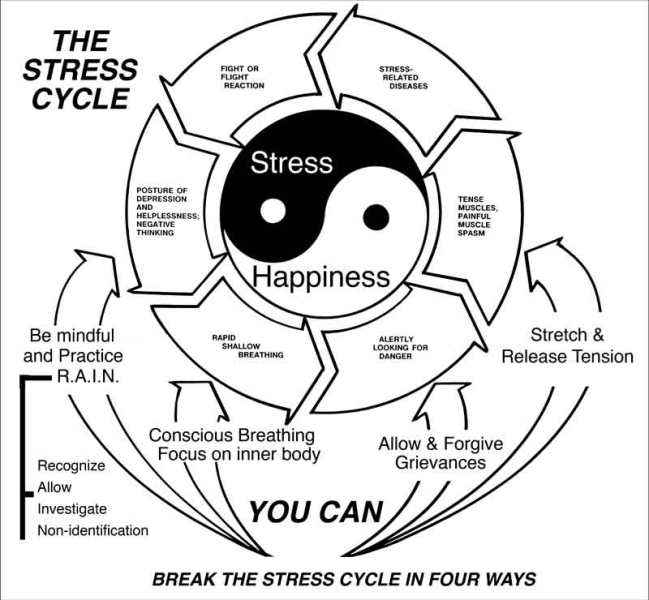Conscious Breathing

From the dawn of our birth until the sunset of death, we breathe, always and everywhere. Indeed, breath defines our life and supports us body and spirit. Besides being central to life, ever-present, and connected to the spirit, breathing involves an easily noticeable complex of physical sensations. Thus, the practice of breath awareness was widely embraced by our ancestors in the spiritual pursuit. The Buddha was engaged in breath awareness as his primary practice at the time of his enlightenment. The Christian Desert Fathers, Hindu Yogis, and Islamic Sufis employed variations of breath awareness.
Breath awareness forms a subclass of the more general awareness of bodily sensations. Because the breath always moves, the sensations of the bodily movements associated with breathing remain with us continually from birth to death. The more subtle sensations of the air moving through our nasal and oral passageways also stay with us. To powerfully anchor ourselves to the present, we need only abide in the sensations of each breath, one after another without a break. Since we always breathe, we have the potential to practice breath awareness at any and every waking moment.
Such relaxed and continuous awareness of the sensations of breathing creates a sturdy and effective basis for the path of spiritual transformation. This simple method entails a direct attention to, and consciousness of, the actual physical sensations associated with breathing. We might focus on the sensations in the nostrils, the air movement across the upper lip, or the rise and fall of the abdomen and rib cage. Or we might prefer to work with awareness of all of them at once in a more global view of breathing. Each has its advantages. The abdominal region offers relatively large movements, with obvious physical sensations that we can readily engage and follow. The nostrils and upper lip present a small, subtle, and very focused region. The narrow focus can be more difficult to acquire and maintain but enables us to quickly build up a sharp and strong attention. Global bodily awareness of breath readily supports a conscious backdrop to common daily activities. Our situation and state can guide us to the most appropriate style of practice in any given moment.
In meditation on the breath, we allow the breath to breathe itself. We do not interpose ourselves as doing the breathing, as being the one who is breathing. Consciously letting the breath breathe itself can lead to the shocking realization that our usually concept of our self is wrong, that the self we believe ourselves to be is just a collection of patterns and memories with nothing at its core. Putting this in another way: we go about our day doing many things, believing we are the doer. When we come to sitting meditation, nothing much seems to be happening other than breathing. So always believing ourselves to be the doer, we think we are the one who is breathing. But if we let the breath breathe itself, we see that there is no doer. And that insight can puncture our illusion of ego, liberating us from the notion that we are a permanent, separate self.
| 










